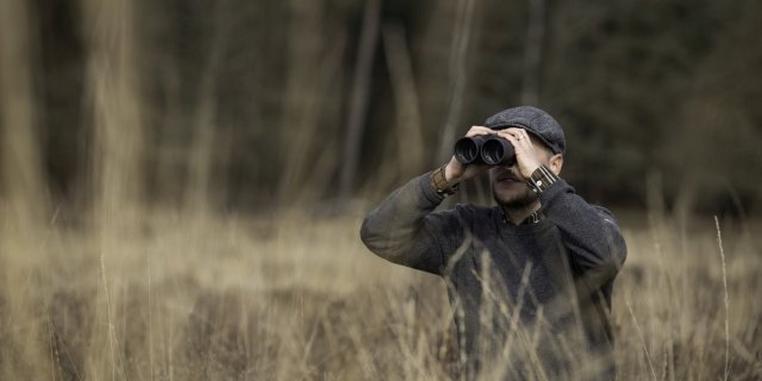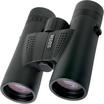What are good bird-watching binoculars?
Do you also find yourself wondering which bird is singing so beautifully on that branch you see in the distance? Or which birds can be found in your garden? Good binoculars will make looking for birds a piece of cake. With a good pair of binoculars, the bird is easier to examine. But what do you need to pay attention to when looking for birds? We will help you out.
Magnification
When you go out looking for birds you want to be able to properly follow them in the sky. That is why these binoculars are often enhanced with a magnification factor between 8x and 10x. Binoculars with a magnification factor smaller than 8 will usually not bring the image close enough for you to identify the bird. Binoculars with a magnification factor of 8 will leave you with a calm image and a large field of view. As such you will be able to properly follow the birds in flight. A magnification factor higher than 10 might give you more details but will also result in a less steady image. Every vibration is will also be enhanced by the magnification. In the end, the choice for the magnification factor comes down to how steady your hands are and what your personal preference is. So try it out!
Objective diameter
The diameter of the objective is important, because on the one hand it determines the light output and the viewing experience of the binoculars and on the other hand it determines the weight and size of the binoculars. The number after the x tells you more about the objective diameter. Binoculars that say '8x42' have an objective diameter of, you guessed it, 42 mm. The larger this number, the more light can enter the binoculars. As a result, the colours are nicely rendered and the image will be clearer. However, as the number increases, so do the size and weight of the binoculars. This might make them a bit harder for you to carry around everywhere. That is why you need to find a compromise. In our opinion, binoculars with an objective diameter of 42 mm are great when looking for birds. This is a nice compromise between size and image quality.
Are you planning to look for birds at twilight or perhaps even at night? Make sure to also pay close attention to the twilight factor. The higher the number, the more details you will see with little light. Always aim for a twilight factor of at least 20 when you want to look for birds in the dark.
Field of view
When you look at birds in the sky you'll need a pair of binoculars with a large field of view. Otherwise, you would quickly lose sight of the bird. The field of view depends on the magnification, but also the construction of the binoculars. This is different for every pair of binoculars. For 8x42 binoculars, a field of view of approximately 130 metres at 1000 metres distance is good and a field of view of approximately 140 metres is really good. For 10x42 binoculars, a field of view of 115 metres at 1000 metres is a great value.
Quick focus
When looking at birds it is important that you can quickly focus your binoculars. This will allow you to follow a quickly-moving bird. With some binoculars, you'll need to turn the focus knob a couple of times to focus from close by to far away, while with other binoculars, such as our Eden Quality ED and HD 8x42 binoculars, even one turn will be enough. Keep in mind that a quick focus takes some getting used to. But don't worry, you will get the hang of it!
But which will it be?
Okay, we discussed everything you need to pay attention to when purchasing binoculars. But which are good binoculars for those just starting out? And which are good, affordable binoculars? We made an overview of a number of options, sorted by budget. Either way, all these binoculars are great when looking for birds!














